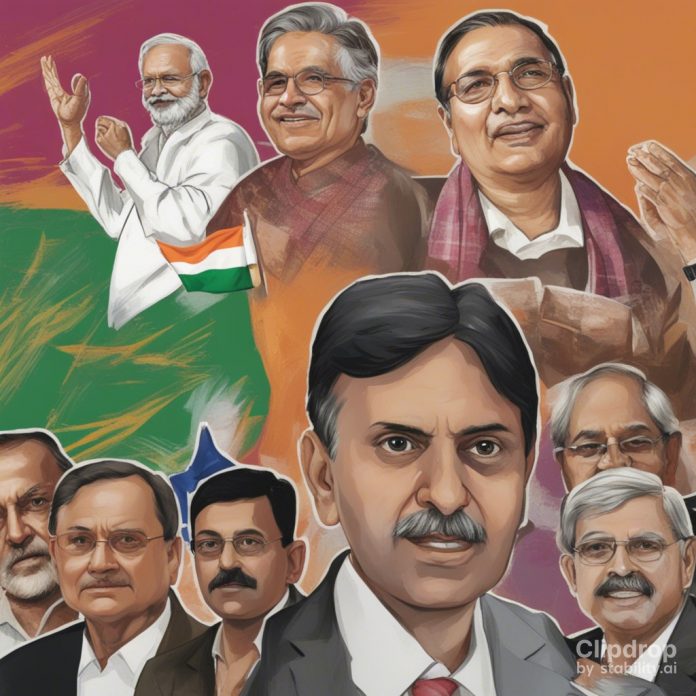Introduction
In the world of Indian politics, the battle for electoral victory is often determined by the outcome in marginal seats. These closely contested constituencies can sway the overall results, making them the focal point of political strategies. In this blog, we’ll explore the tactical approaches that political parties employ to secure victory in marginal seats and the significance of these seats in India’s democratic landscape.
Understanding Marginal Seats
Marginal seats, also known as swing seats or battleground constituencies, are those where the winning margin in the previous election was relatively small. These seats are highly competitive, and even a slight shift in voter sentiment can change the outcome. They are often seen as the bellwether constituencies that reflect the overall mood of the electorate.
The Tactical Approaches
- Micro-Level Campaigning: Winning marginal seats requires a granular understanding of local issues and sentiments. Political parties invest heavily in micro-level campaigning, addressing the specific concerns of these constituencies. This involves tailoring manifestos and promises to match the needs of the local population.
- Candidate Selection: The choice of candidate is crucial in marginal seats. Parties often field candidates with strong local connections and credibility. These candidates are more likely to resonate with voters and can sway undecided ones.
- Targeted Voter Outreach: Parties employ data-driven strategies to identify swing voters in marginal seats. They conduct targeted outreach, including door-to-door campaigns, phone calls, and personalized messaging. Winning over even a small percentage of swing voters can make a significant difference.
- Alliance Building: In some cases, political parties forge alliances with smaller parties or independents in marginal seats to consolidate their vote share. This strategic cooperation can help maximize the chances of winning.
- Issue-Based Campaigning: Parties focus on issues that matter most to the electorate in these constituencies. They often highlight their track record or proposed solutions on specific problems that resonate with voters.
- Community Engagement: Marginal seats are often diverse in terms of demographics and communities. Parties engage with community leaders and influencers to gain support. This can be particularly effective in constituencies with a sizable minority or ethnic population.
- Strong Ground Game: An effective ground game is crucial in marginal seats. Parties mobilize their supporters for get-out-the-vote efforts on election day, ensuring that every potential supporter is brought to the polling booth.
The Significance of Marginal Seats
- Tipping the Balance: Winning marginal seats can be the key to forming a government or securing a majority. These seats often determine the overall election outcome.
- Reflecting Voter Sentiment: Marginal seats are sensitive to shifts in public sentiment. They provide a snapshot of the electorate’s current mood and can signal broader political trends.
- Accountability: Marginal seat victories hold politicians accountable, as they are constantly aware that their re-election depends on a small margin of voters. This can lead to better governance and responsiveness.
Conclusion
In Indian politics, winning marginal seats is both an art and a science. Parties must combine a deep understanding of local dynamics with data-driven strategies to secure victory. These closely contested constituencies not only determine the fate of individual candidates but also shape the political landscape of the nation. As India’s democracy continues to evolve, the importance of tactical approaches in marginal seats remains paramount.

